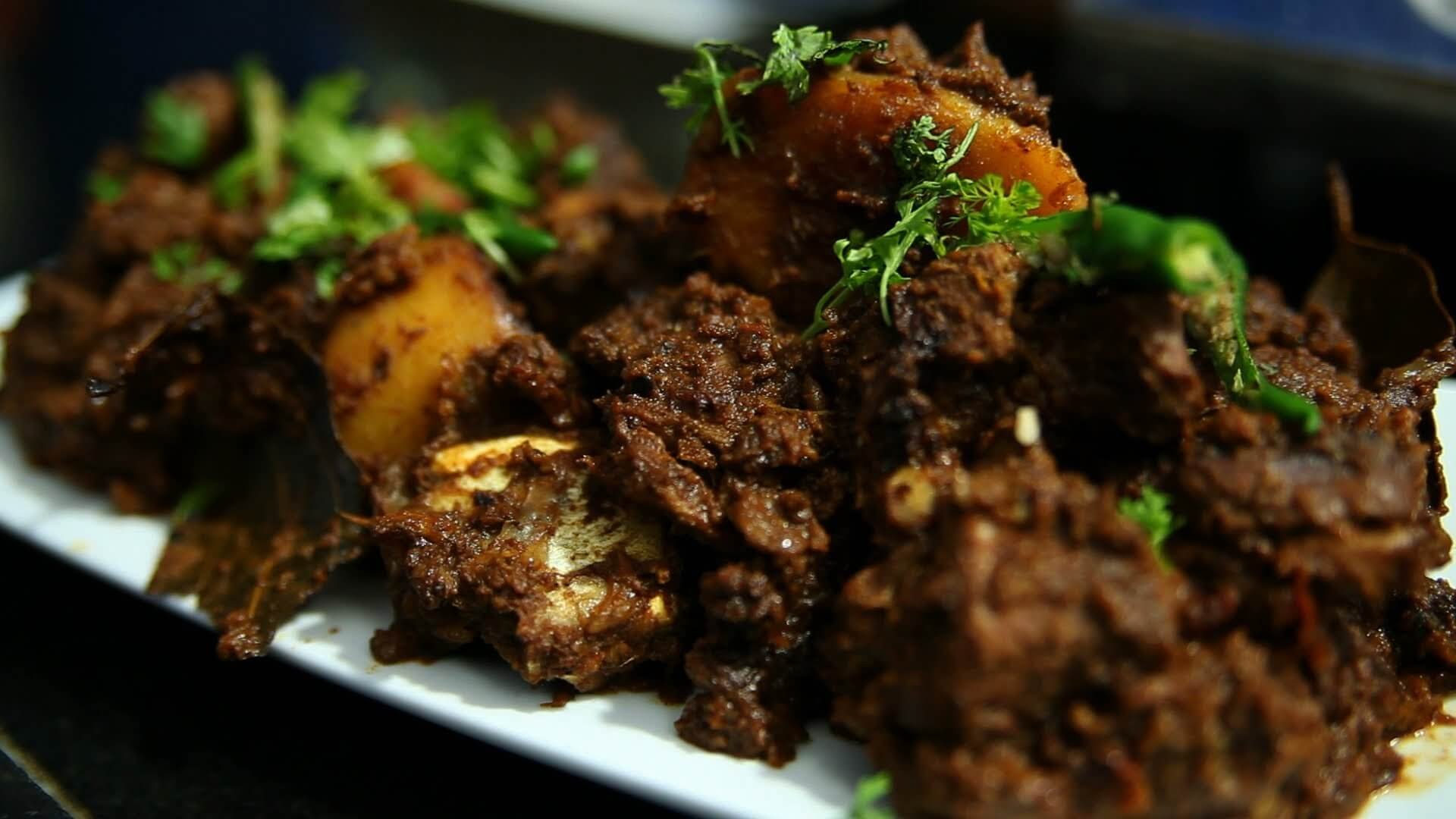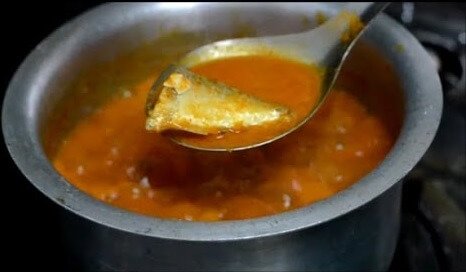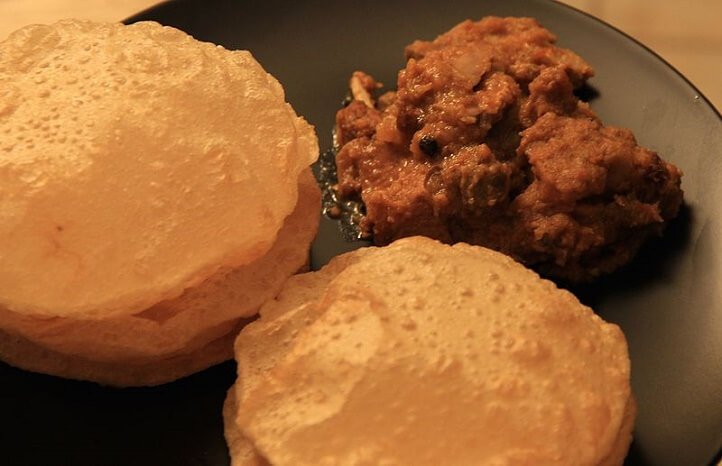Come September, or October for that matter, whenever the Hindu calendar dictates the time to celebrate Durga Puja Pujo in Bengal we begin to salivate. It’s time to throw caution to the wind and splurge on food.
From slumming on the streets and stalls in pandals, to “sampling” traditional delicacies prepared at home, Durga Puja is a non-stop gluttonous riot. While the rest of the nation is put on an enforced regimen of shuddh shakahari Navratra Thali, the bhadralok in Sonar Bangla tempts the virtuous with kosha maangsho, rezala, kobiraji cutlet, biryani and a variety of Piscean preparations.

I, like many others, had long been intrigued by the hype attached to the ritual of partaking strictly vegetarian food on Ashtami till a friend confessed only half-jocularly that the overburdened stomach needs a well-earned rest.
Truth be told, it’s not only the Bengalis who indulge in non-vegetarian fare during Pujo festivities. The Maithil Brahmins of Darbhanga take pride in treating their guests (and themselves) to fish and flesh (especially at marriage feasts).
Nor do those belonging to the priestly caste have any inhibitions about consuming fish or meat at this time of year. If it is to be eschewed on a particular day or for a short period, niramish is sorely missed in the menu.
Kashmiri Brahmins boast a non-vegetarian repertoire that matches the Muslim wazwan. Meatless days are few and far between. Saraswats in Goa and Karnataka relish meaty and seafood delicacies no less.

Those who worship Devi the goddess as the primal energy describe themselves as Shaktas and consider meat as a ritual ingredient which prescribed not prohibited. In Uttarakhand, a large segment of the population worships the mother goddess and offer goats and occasionally a buffalo as sacrifice to her.
After Kali Mata or Durga accepts the offering, it becomes Prasad – blessed food to be shared with family and friends. The watery meat curry cooked and partaken by the community in the temple precincts is called baant – literally “distribute”.
In tantrik sadhana, the panch makar – five Ms (maans, matsya, madira, mudra and maithun) are accorded a very special place. What concerns us here are the first three that can be put together under the category of “Food & Beverages”.
Alas, recently the intolerant “moral policing brigade” has taken the fun out of festivals. Animal right activists are least bothered about fundamental rights of human beings. We tend to look over our shoulders before cooking meat even within the confines of our own home, lest a horde of life-threatening vigilantes descend unannounced. The risks of imbibing a sip of alcohol are also mounting – just look at Bihar under Nitish Kumar.
But why digress? Forget the “loaf of bread” that kept Old Man Khayyam contented, reach for the meaty substitute or accompaniment. May the Dark Fierce Goddess vanquish the demonic intruders and allow us to Dine (and perchance to Wine) according to our preference.
Recipe: Like the Kashmiri Pandit non-vegetarian recipes, traditional Bengali recipes make do without tamasik ingredients like onions and garlic. Strange as this may sound, one doesn’t miss them at all!

Ingredients:
- Meat 500g (preferably from shoulder)
- Curd/ yoghurt 75ml
- Bay leaf 1
- Cloves 2
- Brown Cardamom 2
- Cinnamon stick 1-inch piece
- Black peppercorns ½tsp
- Turmeric powder 2tsp
- Cumin powder 2tsp
- Coriander powder 2tsp
- Red Chilli powder 1tsp
- Ginger paste 1-1/2tsp
- Posto (poppy seed) – ground with a little water to a smooth paste 2tsp
- Garam masala 1tsp (preferably freshly ground at home)
- Salt to taste
- Oil (preferably Mustard) ½ cup
Preparation:
- Marinade the meat with curd, salt and turmeric powder and a tsp of oil. Keep aside for at least an hour.
- Heat oil in a thick-bottomed pan till smoking point, then reduce the flame to medium.
- Put in the bay leaf along with other whole spices. When these change colour, add ginger-garlic-posto pastes along with the meat and the marinade. Stir-fry for about five minutes.
- Cover and cook for another 10 minutes.
- Uncover and put in the powdered spices except the garom masala.
- Raise the flame a little and fry the meat stirring continuously till moisture evaporates and meat begins to stick to the bottom of the pan.
- Reduce heat to medium-low, add 1 cup of boiling water to obtain a gravy of desired consistency. Sprinkle garam masala and simmer for a couple of minutes.
- Serve immediately with luchi or paratha.
For more Bengali pujo recipes, click here.

















